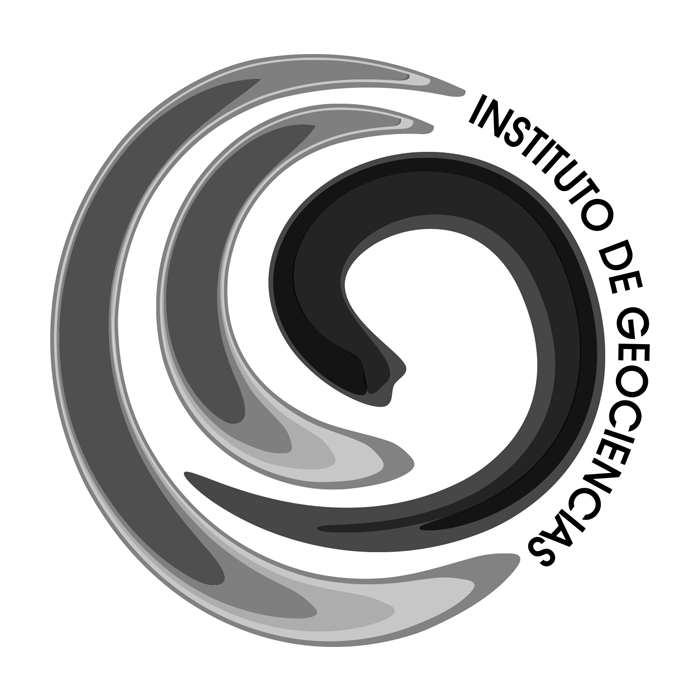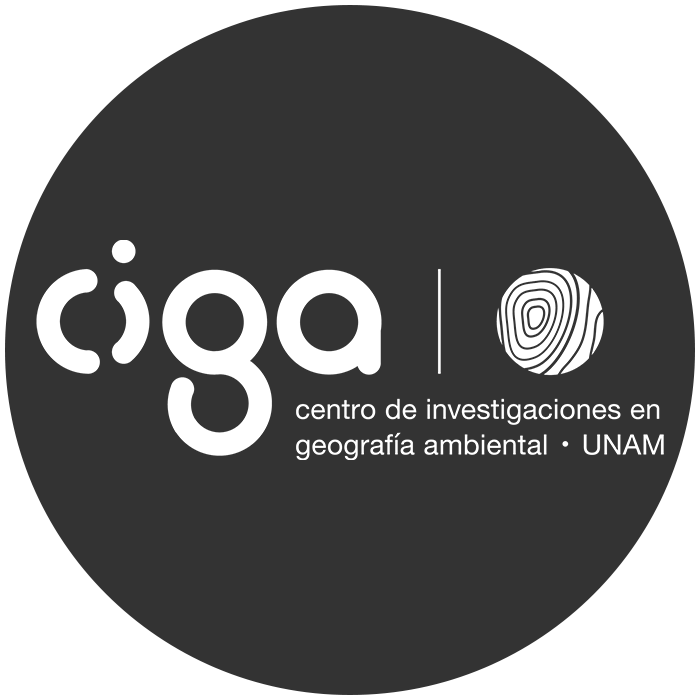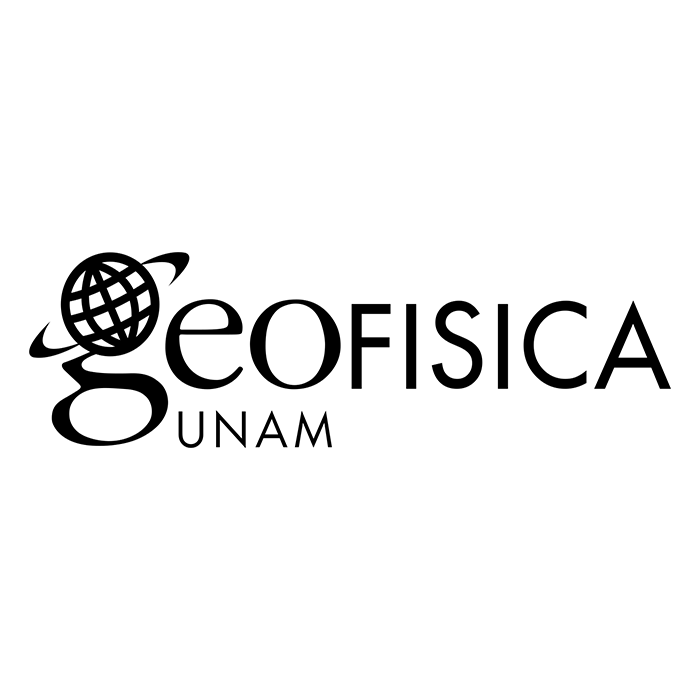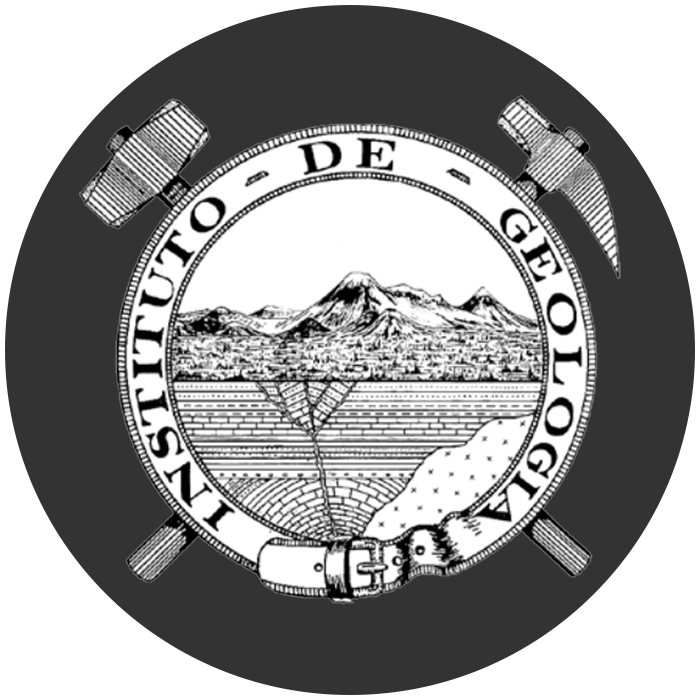Submissions
Submission Preparation Checklist
As part of the submission process, authors are required to check off their submission's compliance with all of the following items, and submissions may be returned to authors that do not adhere to these guidelines.
- The submitted material is ORIGINAL, it has not been previously published nor has been submitted for consideration by any other journal (or an explanation has been provided in the Editor's Comments).
- The submitted material consists of at least one map together with its descriptive article.
- The article contains between 2000 and 4000 words.
- The text of the article adheres to the stylistic and bibliographic requirements summarized below in the "Article" section
- The article consists of a single PDF file containing the text, figures and tables.
- Static maps are attached separately in * .ps, * .pdf or * .ai format. See all requirements in the "Maps" section.
- The interactive or dynamic maps, built using ArcGIS or QGIS, should be attached separately in the formats specified below (for bulky files please provide a link to download from a cloud storage provider, e.g., google drive, dropbox, etc.). See all requirements in the "Maps" section.
Author Guidelines
- ABOUT TERRA DIGITALIS
- Scope
- Peer review
- Language
- SUBMIT
- ARTICLE
- a. Format
- b. Structure
- c. Number of words
- MAPS
- A. Static Maps (PDF)
- B. 2D Interactive Maps
- C. 3D Interactive Maps
- D. Dynamic maps
- E. Data collection
- F. Geoscientific data services review
- EDITORIAL PROCESS STEPS
- Copyright (creative commons license)
- Using third-party material
- Errata and retractions
- Questions (contact)
GUIDELINES FOR AUTHORS
ABOUT TERRA DIGITALIS
Terra digitalis is a peer reviewed international e-journal of maps which purpose is to provide a forum for the publication of thematic maps related to Earth Sciences and Geography, among other disciplines. It also aims to facilitate online distribution of digital cartographic works and their recognition as scientific products.
Scope
Terra Digitalis publishes the results of geoscientific research using the new geographic information technologies. The journal publishes different types of maps (which needs to be accompanied by its descriptive articles): A. Static maps (PDF) B. 2D Interactive Maps C. 3D Interactive Maps D. Dynamic Maps E. Spatial data collections
The maps may be:
a. Original and unpublished maps or spatial data. b. Reinterpretations of cartographic products or data, created or collected by the same or different authors and reported in documents that have limited circulation, were not published or were not formally edited. Such is the case of professional or postgraduate theses and internal technical reports. In this case, it is necessary to specify the cartographic contribution and the criteria used in the reinterpretation. c. Documents such as those described in the previous point, which have already been published in printed or digital format. A letter from the copyright owner authorizing a new digital publication will be required. d. Compilation of various cartographic documents or data (electronic or printed), systematically integrated into a spatial database with their relative attributes (coordinates, measurements, references, methods). e. Updated versions of maps already published in printed version by the same author or by different authors. A letter from the copyright owner authorizing a new digital publication will be required
Peer Review
The maps and their articles submitted to the journal receive a double-blind review, where the reviewers and the authors are anonymous.
You can take a look to the evaluation format reviewers need to fullfill.
Language
The official languages are Spanish and English and the use of both is mandatory in the title, summary and captions of figures, tables and maps.
SUBMIT
The submitted material can consist of one or more maps accompanied by its article.
ARTICLE
A brief article explaining the scientific relevance of the data and the methodology used for its acquisition and processing, as well as the methodology used to construct the maps. Extended articles incorporating analysis and interpretations will not be accepted and it is advisable to publish them in specialized journals, referring to the material published in this journal.
a. Format
Please send a single double-spaced word document with numbered lines, containing the manuscript, figures, tables and its corresponding captions. It is also possible to send a PDF file with the characteristics mentioned above, however an editable version (* .docx) of the article must be sent once the material is accepted for publication.
b. Structure
The general structure of the articles can include:
i. Title: The title of the manuscript must be brief, specific and informative. Must be included in English and Spanish.
ii. Authors and affiliation: The full names of all authors, followed by their affiliations (department, university, city, country) and full postal address. Include the email address of the author to whom the correspondence will be addressed.
iii. Summary: The summary should include the following information:
- Objective
- Design / methodology / approach
- Results
- Study limitations / implications
- Originality / value
- Findings / conclusions.
It should not exceed 150 words in Spanish and English. It is recommended to avoid the use of acronyms and the citation of references. The scale and area of the map should be mentioned. Include a maximum of 6 keywords in both languages at the end of each abstract.
iv. Introduction: This section should summarize the research area and provide an introduction to the topic. An overview of the map can be briefly presented.
v. Methods: The research that inspired the construction of the map should be described, as well as all specific details about the methods used to collect the data or produce the map. The description of the analysis performed should also be included. If a detailed research article is planned to be published in another journal, it should be mentioned in this section.
vi.Results: Summary of the most relevant results.
vii. Conclusions: A brief summary is expected about the conclusions that can be drawn from the work, as well as its relevance and importance.
viii. Software: A brief description of the software used to produce the map is suggested.
ix. Data: If the authors have created data and these are free of rights, it is also possible to distribute them through the journal. If this is the case, in this section, the authors should explain the structure of the data, its format and the necessary instructions for its manipulation.
x. Acknowledgments and funding: Mention individuals or organizations that have contributed to the work. It is essential to mention the sources of funding for the study (mention the institution and project or scholarship number). Also, it is possible to mention those persons who were significantly involved in the project but are not considered as authors, such as cartographers, database managers, persons who carried out the field work, etc.
xi.Map design: At the end of the article it is possible to include a small paragraph explaining to the editor the decisions made in terms of the map design. This is not intended to be part of the final manuscript. It is important to mention that the map must be able to be understood independently of the associated article. Explanatory text related to data classification, which is imperative to understand the resulting maps, should be summarized and included as text within the map page.
xii. References: The Harvard Elsevier format is used.
xiii. Appendices: Can be included if required.
xiv. Figures and tables: Include captions of figures and tables feet Spanish and English
c. Number of words
Articles must contain between 2000 and 4000 words.
MAPS
A. Static Maps (PDF)
1. The maps and their associated explanatory article will be published.
2. The submission will consist of the article and at least one high resolution map. Both will be subject to scientific peer review.
3. The article may contain one or more secondary maps in small format that will form part of the illustrations in the text.
4. The main map must be sent in PDF format or high resolution image (300 dpi) and can be any size, although it is recommended to use a large sheet (A3 or greater preferably). Additionally, if it is designed to be printed out, it is recommended to consider the dimensions allowed to print on a plotter.
5. The static map must be submitted as PDF in vector format and must be designed considering that it will be viewed as a printed document.
6. The title of the map, the names of the authors and their affiliation must be included on the map.
7. The projection, spheroid, datum, and grid must be included on the map.
8. The precision of the map should be included, e.g. the position precision (x,y), and the vertical precision.
9. Maps must have a frame (use 1 cm of white page border), they must also contain the grid coordinates.
10. The author may include multimedia documents such as photographs, audios, videos and image sequences. The feasibility and relevance of including these elements will be evaluated.
B. 2D Interactive Maps
1. One or more 2D interactive maps will be published along with its associated article. For this, all the guidelines for static cartography must be complied along with the following additional requirements:
2. Deliver the complete information (map document, layers, styles (* .qlr / * .lyr) and if necessary svg, fonts, icons, etc.) as map package.
2.1 All routes, referenced in the map document, must be relative routes.
2.2 The style of each layer in the map document must correspond to the style of the static map.
3. If the document comes from QGIS: Styles for all layers should be included in SLD format.
4. Metadata:
4.1 The minimum map metadata must contain: Title, summary, keywords, data dictionary and language.
4.2 For each layer generated by the author: Submit attached document duly completed with metadata (.xls)
C. 3D Interactive Maps
1. One or more interactive 3D maps will be published along with their associated article. For this, all the guidelines for static mapping and 2D Interactive maps must be met along with the following additional requirements:
2. The map document contained in the map package must have a metric projection (not geographic coordinates).
3. A Digital Terrain Model with resolution appropriate to the maximum scale must be provided.
4. A shaded terrain model must be provided
D. Dynamic maps
1. One or more dynamic maps will be published together with their associated article. For this, all the guidelines for static mapping and 2D Interactive maps must be met along with the following additional requirements:
2. Raster: Raster layers are accepted, however, it is essential to clearly indicate the timestamp (e.g. date, time) as the name of the layer.
2.1 In the case of extended time series over a certain area, it is recommended to deliver the data in netcdf format
3. Vector: Vector layers are accepted, however, it is essential to include a field that specifies the timestamp (e.g. date, time).
3.1 The time-stamped data submission format is postgis or sqlite table format
E. Data collection
1. One or more data collections will be published together with their associated article. For this, all the guidelines for static mapping and 2D Interactive maps must be met along with the following additional requirements:
2. The article should focus on documenting the novelty and relevance of the collections, the objective, the acquisition methods used, the characteristics of the data (including dictionary and metadata), as well as the licenses and restrictions of use.
3. Raster:
3.1 Although rasters are accepted a netcdf format is preferable
3.2 In the case of mosaics, it is convenient to attach an index layer with the footprint of each image
4. Vector:
4.1 Although vector layers are accepted, tables or databases are preferred in postgis or ArcGIS databases (mdb, gdb)
4.2 The submissions must include a data dictionary
5. It is necessary to deliver a map, showing the extent, density and distribution of the data.
6. The author must allow the publication of his data through a Creative Commons CC-BY-NC-SA license.
7. The data must be able to be downloaded and accessed remotely using software complying with OGC standards (WMS, WFS or WCS)
EDITORIAL PROCESS STEPS
1. Review the instructions for authors
2. Submit your map and article
3. The editor will determine if the material meets the objective and scope of the journal and will send it for review.
4. The material is reviewed by at least 2 peers (double-blind)
5. The editor takes into account the revisions to determine if the article can be accepted, in which case the author must send the final version of the manuscript taking into account the revisions of the peers. The final version must be accompanied by a letter specifying the way in which the recommendations of the reviewers were met; in addition, the changes made need to be indicated in the manuscript using blue text.
The corrected version of the manuscript must comply with the following:
a) Send the main text in a text file in MS Word format
b) Insert figures or tables both in the text file and
c) Send each figure in a separate electronic file, clearly identifying it with the last name of the first author and the figure number. Line drawings should preferably be sent in files made in vector format (Corel-Draw, Canvas, Adobe Illustrator, Freehand, Encapsulated Postscript), and if not possible, images may be sent in PDF format (resolution of at least 300 dpi ). Figures made in or copied to Excel, Power Point or Word are not acceptable. Photographs must be sent in PNG format; if elements are added to the photos (text, lines), please also send the original version without modifications.
d)Tables must be prepared in MS Word format, and must have a table number and title.
6. The editorial team will contact the author to carry out the galley proofs of the article and map (s). The galley proofs may be accompanied by a request for corrections / additions of form. The author must send as soon as possible the corrections, additions or observations considered necessary, or the approval of the article if there are none. The editors reserve the right to proceed with the publication if a response from the author is not received. The proofs will have to be carefully reviewed, since later modifications to the work will not be accepted and from this moment the content and edition of the article are the sole responsibility of the author.
7. Finally the material is published.
Copyright (creative commons license)
The author retains the rights to the material published by Terra Digitalis, which is an open access journal whose contents are under a Creative Commons Attribution-Noncommercial-ShareAlike 4.0 International (CC BY-NC-SA 4.0) license.
Using third-party material
Permission is required to use copyrighted data third-party material
Data sharing policy
Terra Digitalis journal adheres to the FAIR principles for data sharing, which stands for: Findable, Accessible, Interoperable and Reusable.
We encourage authors to submit their works and share the data supporting them as long as they do not violate the rights of third parties.
Errata and retractions
The editor will inform publicly of any error encountered in an article or map. The error can be detected by himself or by the article authors. The editor will correct or remove the affected content as soon as possible.
Questions (contact)
Please contact us in case of doubt
contacto@terradigitalis.unam.mx






